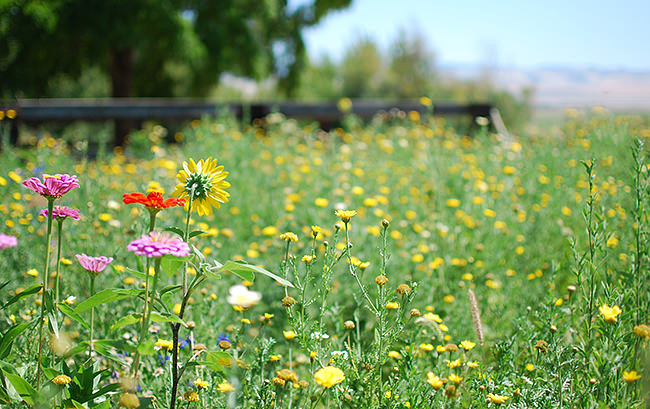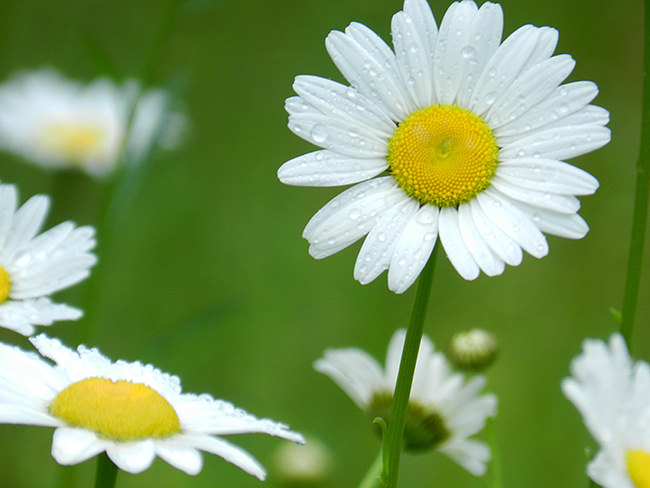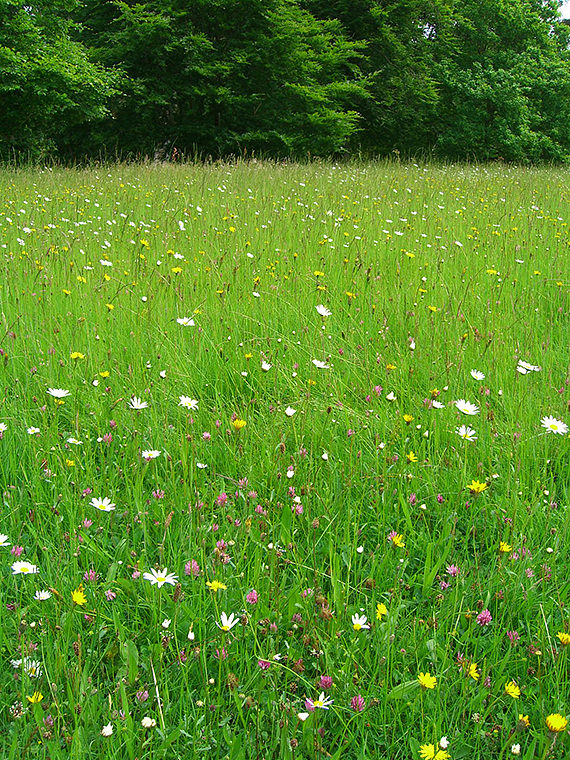
Most of us who garden have at one time or another dreamed of the charm and whimsy of a wildflower garden. Come on, admit it… you too have longed for a garden that seems to be one with Mother Nature, and sings the virtue floral fantasies that appears to have no maintenance needs whatsoever. On board so far? Whether you just wanted to scatter seeds along a back fence, or plant an entire pasture for pastoral beauty, here is a quick primer on how to grow a wildflower garden! (And yes, it does take some work!) Photo above by Steve Bates.
Why grow a wildflower garden?
Ok, this first one is easy. They are the epitome of a slice of nature right in your backyard. A gorgeous slice.
They attract birds and butterflies, including hummingbirds.
While not maintenance free, they are easier then a formal garden.
Since most are native or adapted species, they don’t have many problems with disease and pests.

Cons?
When flowers start to fade, they can look a little scraggly.
You have to mow them down for the winter, or you have a stand of scraggly brown stalks to look at!

How to get started
Ok, for me, the pros outweigh the cons, but just for a small slice of my yard. Others may want to turn their entire backyard into a meadow! Or somewhere in between… Whichever direction you choose, here’s how to get started and how to keep your wildflower garden gorgeous!
- First, site selection. Wildflowers are flowers that have stood the test of time, growing and thriving in nature without our help. What does nature provide? Sun. They need at least 6-8 hours of sun every day, so choose your spot wisely.
- Contrary to popular belief, scattering seeds over existing soil and walking away only to come back months later to find a gorgeous meadow, is a myth. You must break up the soil and remove weeds or existing plants to make it ready for young roots. No need to add fertilizer or compost though, wildflowers are accustomed to poor soil.
- To keep your wildflower garden looking neat and helping it blend in with your yard, add a hardscape feature such as a mowing strip or brick edging. Arbors and benches also help integrate wildflowers and make them look like they were planted with intent.
- Choose your flowers. Most wildflower mixes will have varieties that thrive in different parts of the country, therefore, some of them will fail where you live. I find it’s more effective to choose 3-5 flower seed varieties and mix your own. Pick varieties that are widely adapted, or ones that are native to your area, you can ask at your local nursery. Great choices for beginners in most parts of the country are sunflowers, cosmos, bachelor buttons, alyssum and zinnias. You can grow perennial wildflowers from seed as well, but starting with annuals is a better bet when getting started.

- You can plant your wildflower garden in early spring after frost, or in late fall. After all, that’s how nature plants them! The flowers bloom all summer, then the seeds dropped in later fall overwinter, and then begin to grow with spring warmth and water. If you choose to plant in late fall, make sure the temperatures are low enough to keep the seeds from germinating until spring.
- Mix your seed with sand to help make it easier to broadcast, then here is the fun part you always dreamed about… scatter away! Lightly rake the seeds into the soil, then water gently for a few weeks until the plants get well established.
- Here is the part you don’t want to hear… Weeds and wildflowers go together. You can hand pick weeds from a small plot when they are young, or choose to let them go in a larger space. If you can keep them under control for the first part of the wildflower life cycle, chances are they can take over the weeds. How do you know what is a wildflower and what is a weed? Here is where mixing your own seed comes in handy. Plant a couple of seeds of each variety in a well marked 4 inch pot, so that you have one of each to variety to help you figure out what is what!
- Depending on your natural rain patterns, they may not need regular irrigation after the first 3-4 weeks.
- In the late fall after they have stopped blooming, mow them down, and till them under if you wish. Many will come back again the next spring through nature’s plantings, but we recommend re-planting as well to make sure you have a full meadow the next year.

That’s it! Start in spring or start in fall, make a small plot or a replace some lawn, plant a whole field… but definitely grow a wildflower garden!










